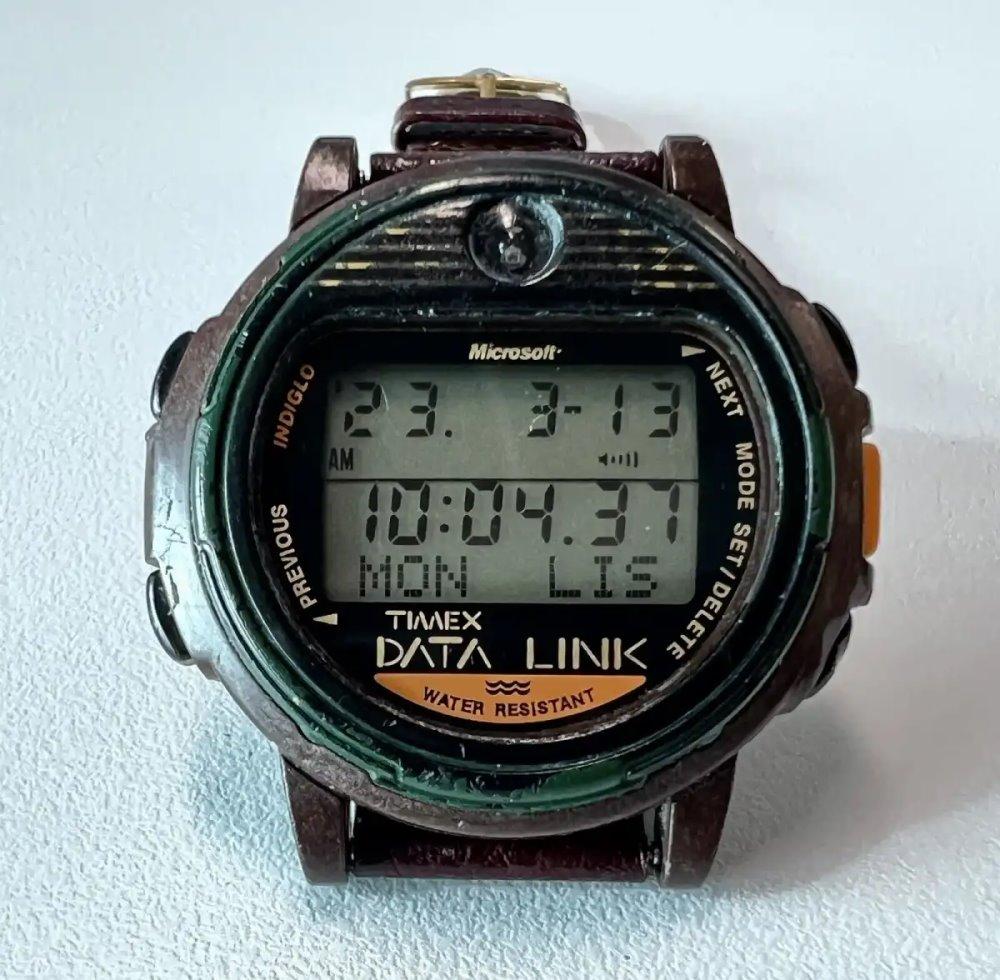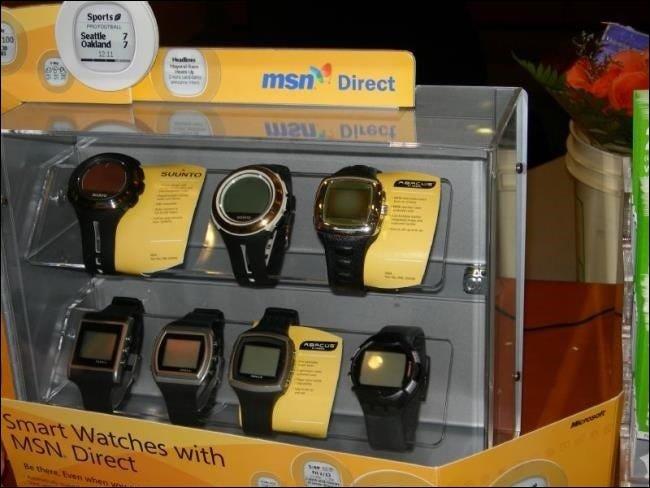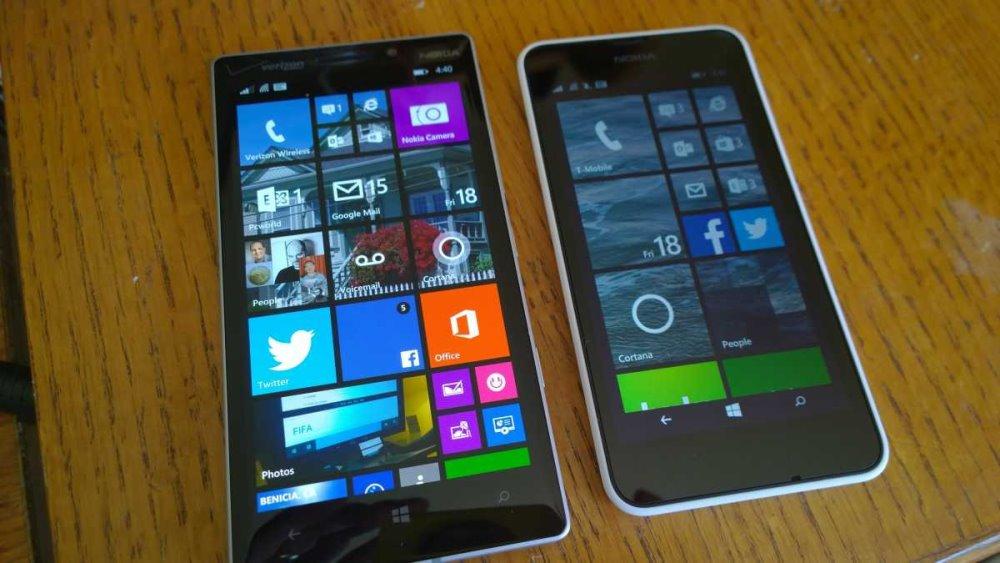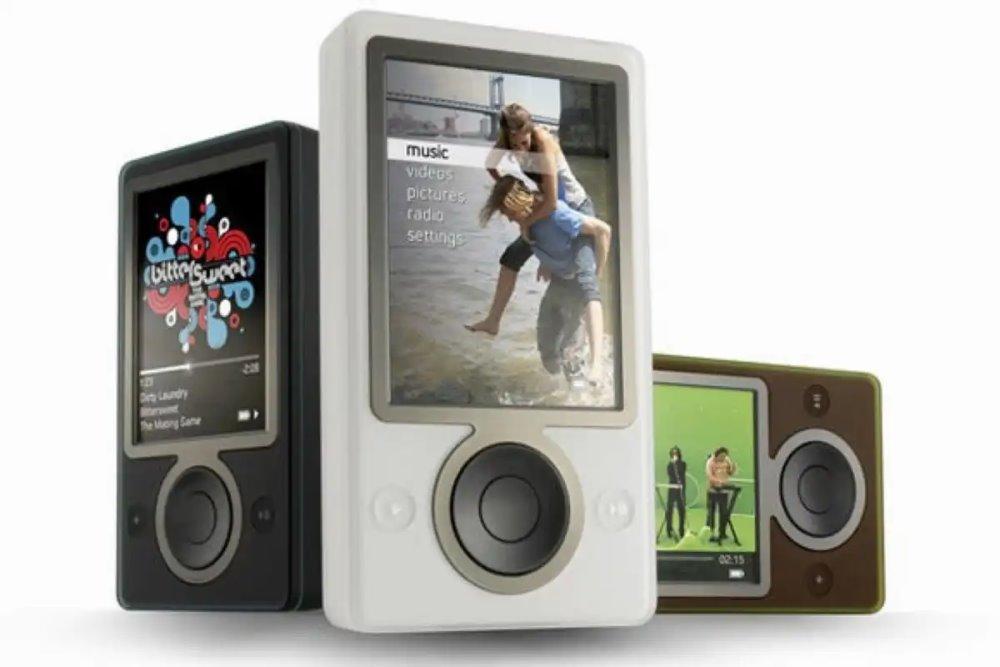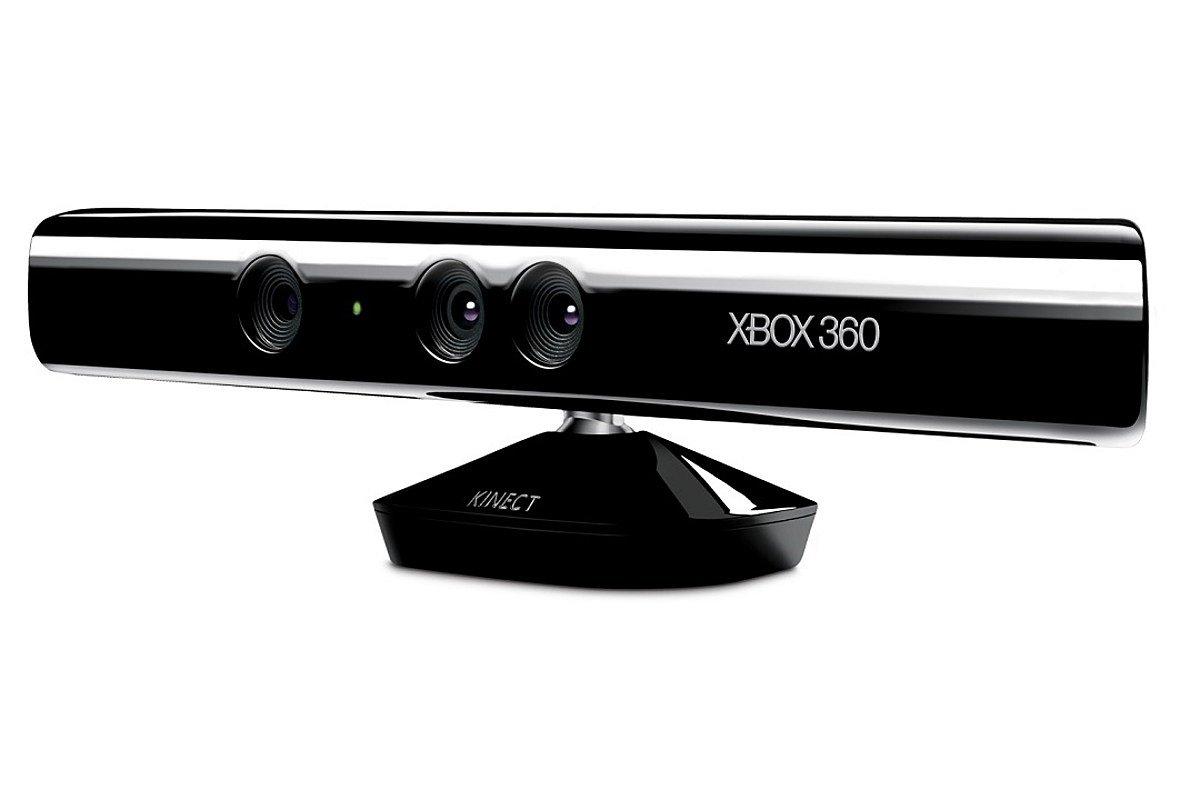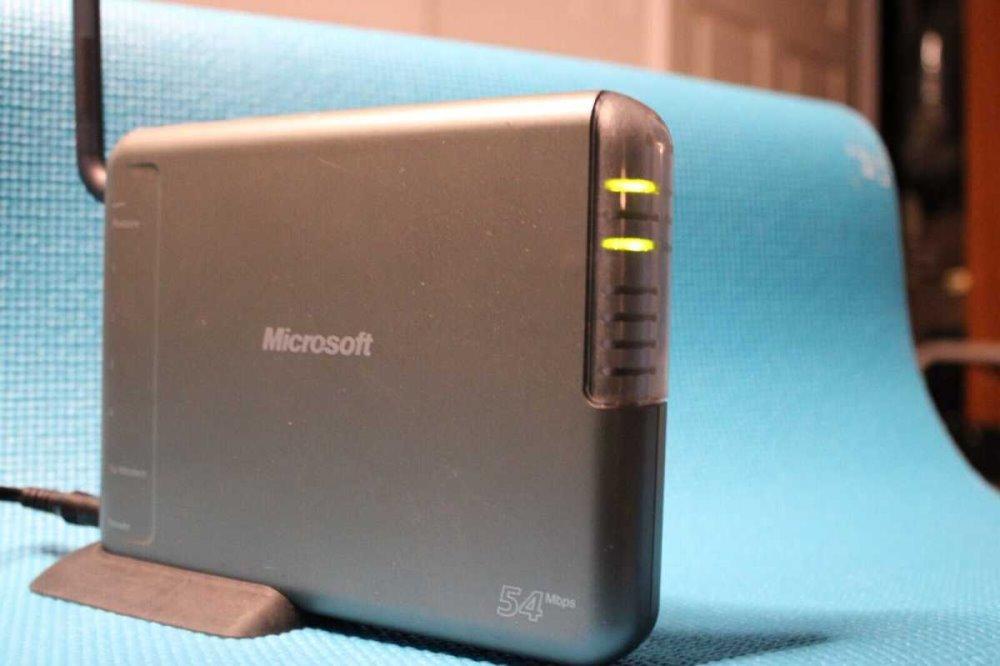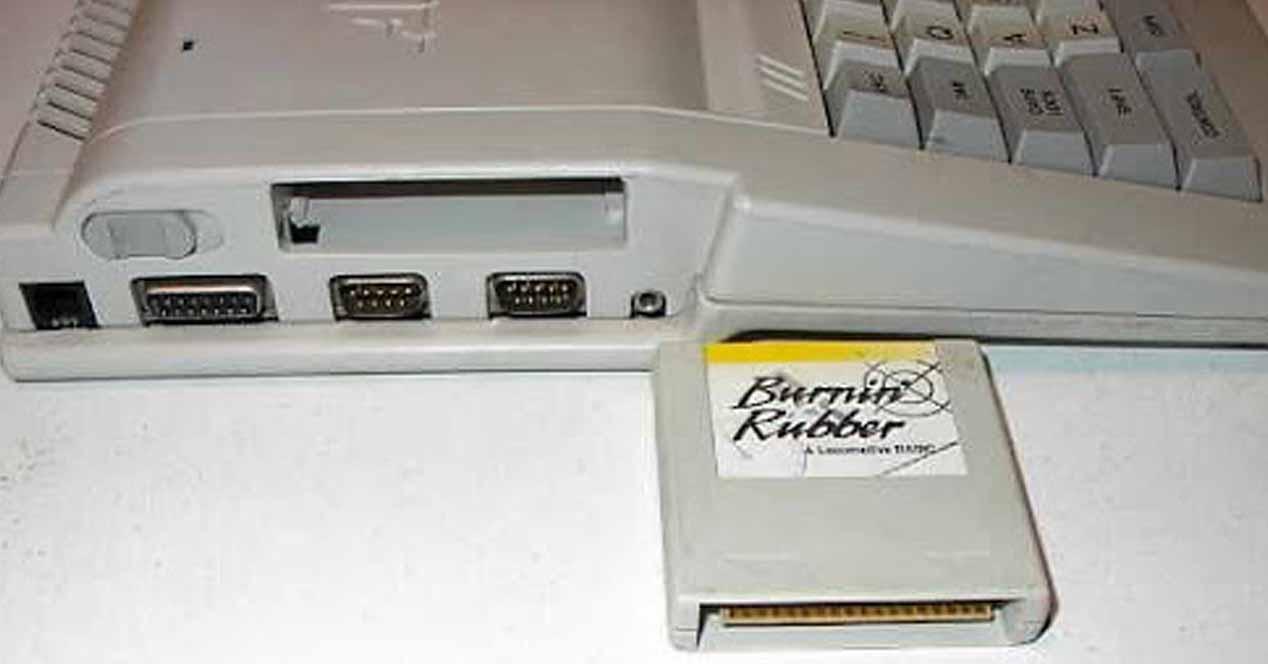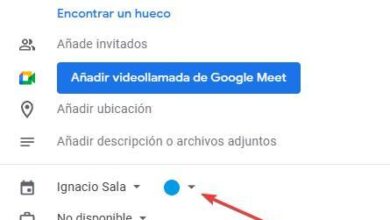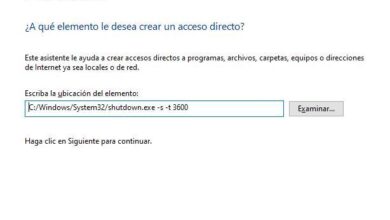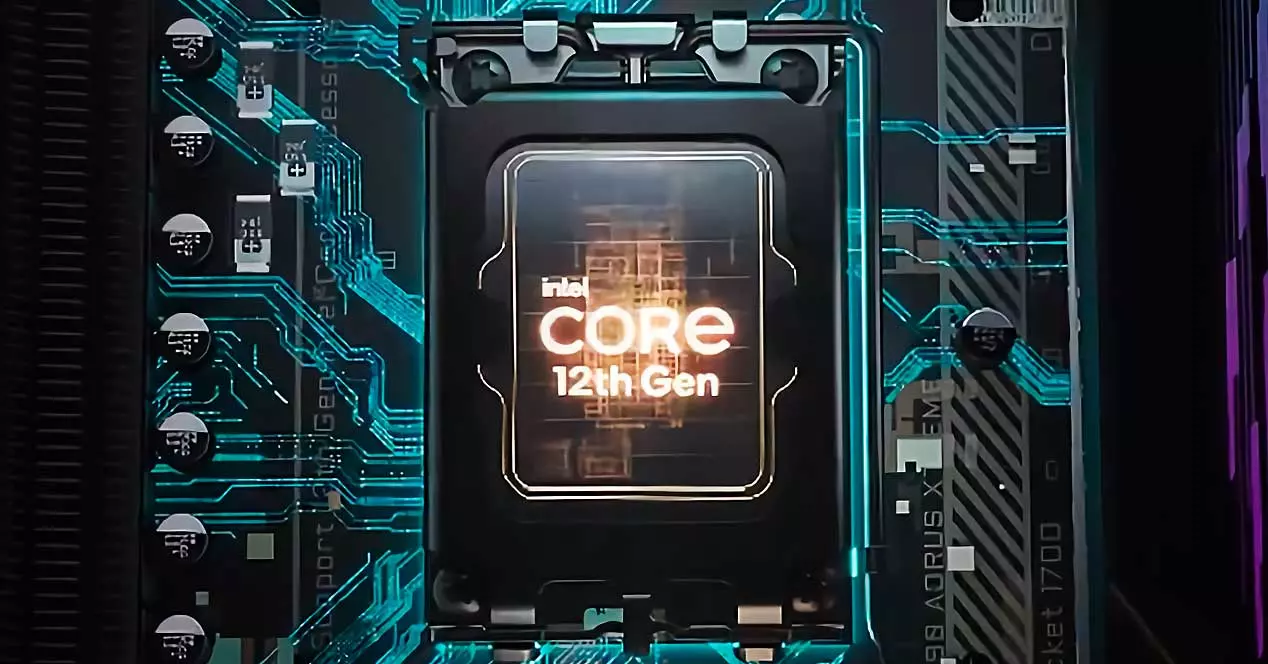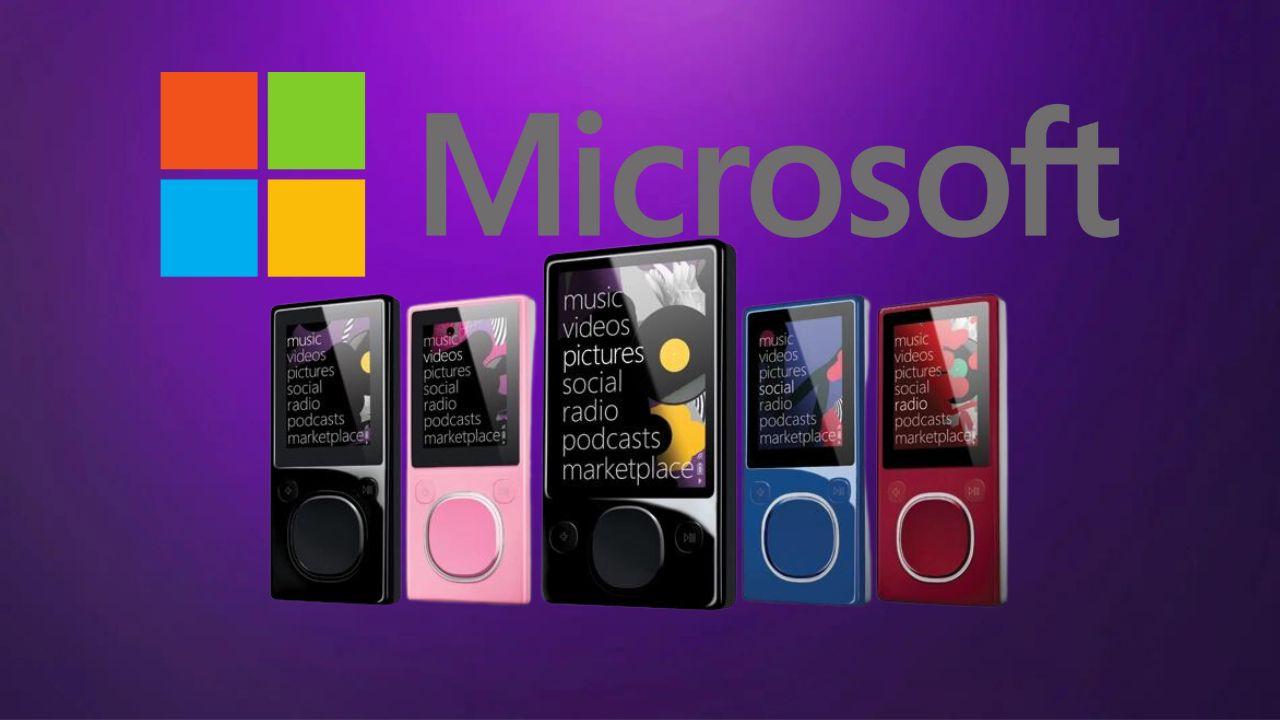
we all know Microsoft for his windows operating system or for its office suite, among other software. The company on more than one occasion has tried to get out of its comfort zone, with tremendous blows. products like kinectthe windows phonesmart watches ahead of their time or the Zunewhich was going to destroy the Apple iPod are some of his big flops.
Microsoft/Timex Data Link
Timex and Microsoft launched a waterproof digital watch for use in space in 1994 and was one of the first smartwatches. Data was transferred optically from a CRT monitor to the watch via a sensor, but the process was slow and required line of sight to the monitor. Although the watch was not very effective, it had some supporters. The switch to LCD screens and the need for a special transmitter probably contributed to its decline. A product well ahead of its time that was the prelude to the next product.
Microsoft SPOT Watches
In 2003, the idea of a smartwatch that could receive live information seemed impractical. Microsoft’s SPOT (Smart Personal Objects Technology) service offered this technology, but it required a subscription that many consumers were unwilling to pay for. It used its own wireless transfer standard instead of using WiFi technology. We could say that they were the first smartwatch or smart watches, but they ended in failure.
Microsoft Lumia/Windows Phone
The company in September 2013 bought Nokia’s handset business, prompting Microsoft to support another smartphone business (which ultimately failed). The then CEO of Nokia, Stephen Elop, refused to use Android and instead adopted the Windows Mobile operating system. Although Nokia Lumia phones such as the Lumia Icon received praise for their excellent image sensor, the promotion lacked momentum.
They had to compete with Android, which had already been on the market for some time and was highly valued by users. Despite trying everything, to the point of bringing the design of the operating system to Windows 8, nothing worked. In 2019, the Windows Phone platform was officially discontinued.
microsoft zune
The digital music player had a short life, beginning in 2006 and ending in 2009 when Microsoft stopped producing new devices. Zune never managed to compete with Apple’s iPod. However, Microsoft kept the Zune services going for seven more years before finally discontinuing Groove Music.
This player has one more twist. Despite the commercial failure, the Zune became a wryly iconic icon and is featured in Microsoft’s third Guardians of the Galaxy film, where Star-Lord’s stored music has gone from tape to digital.
microsoft kinect
Released in 2010 for the Xbox 360 as a peripheral that recognized user actions using image recognition. Although it was initially successful, its mandatory status on the Xbox One caused users to rebel and Microsoft had to relent. Despite this, the damage was done and support for Kinect was dropped in 2017. It gave rise to Windows Hello and biometric webcams, enabling facial recognition in our daily lives.
Wireless router
Microsoft released a small line of wireless hardware between 2002 and 2004, including the Wireless Base Station (MN-500) as part of its Microsoft Broadband Networking line. Wikipedia reports that Microsoft was actually second in the US consumer router market during that time. They had the problem of not being able to jump fast enough to the 802.11b or 802.11g standards. That was a quick demise for a leading product, but Microsoft has never made much of a commitment to hardware unless it can be a long-running, profitable success.
